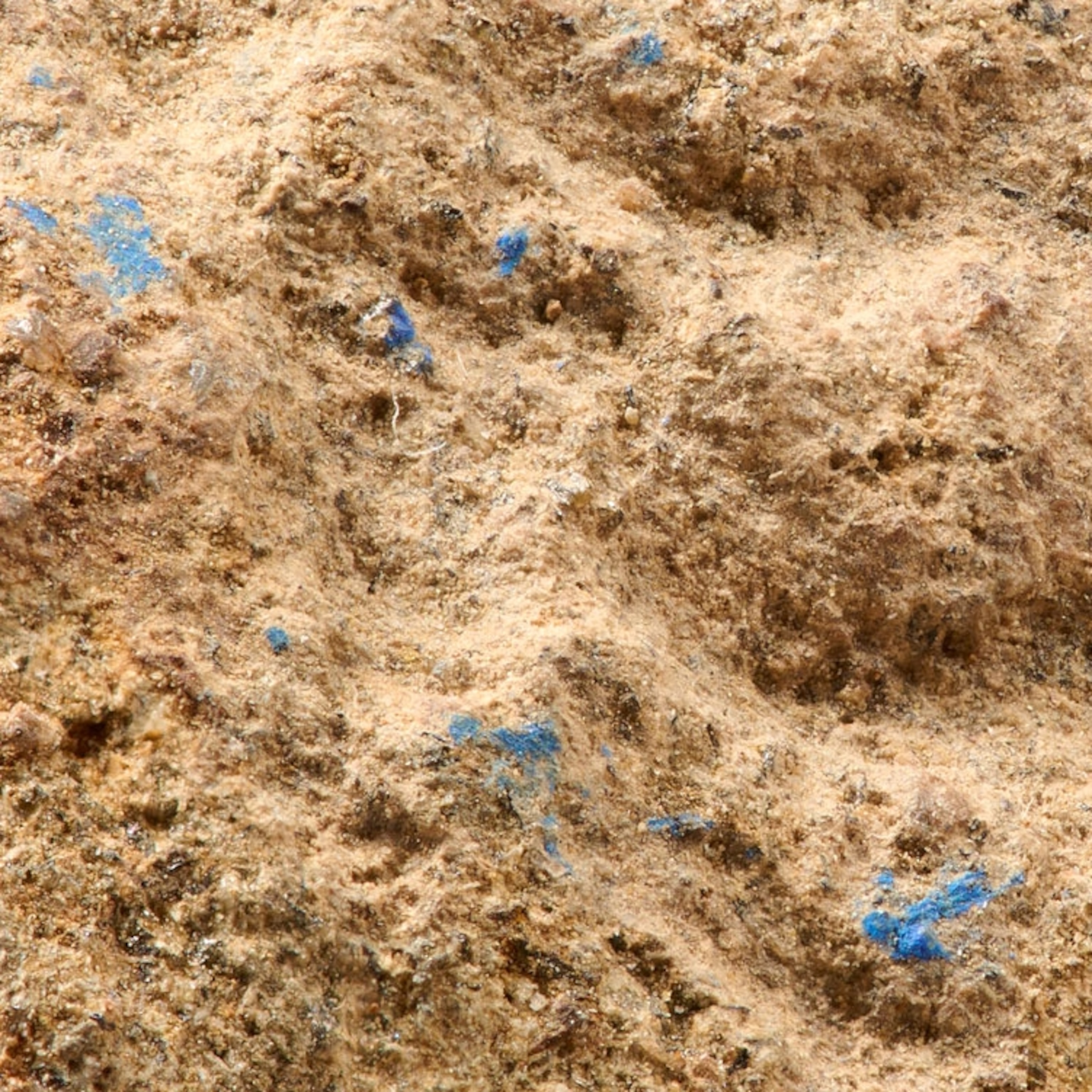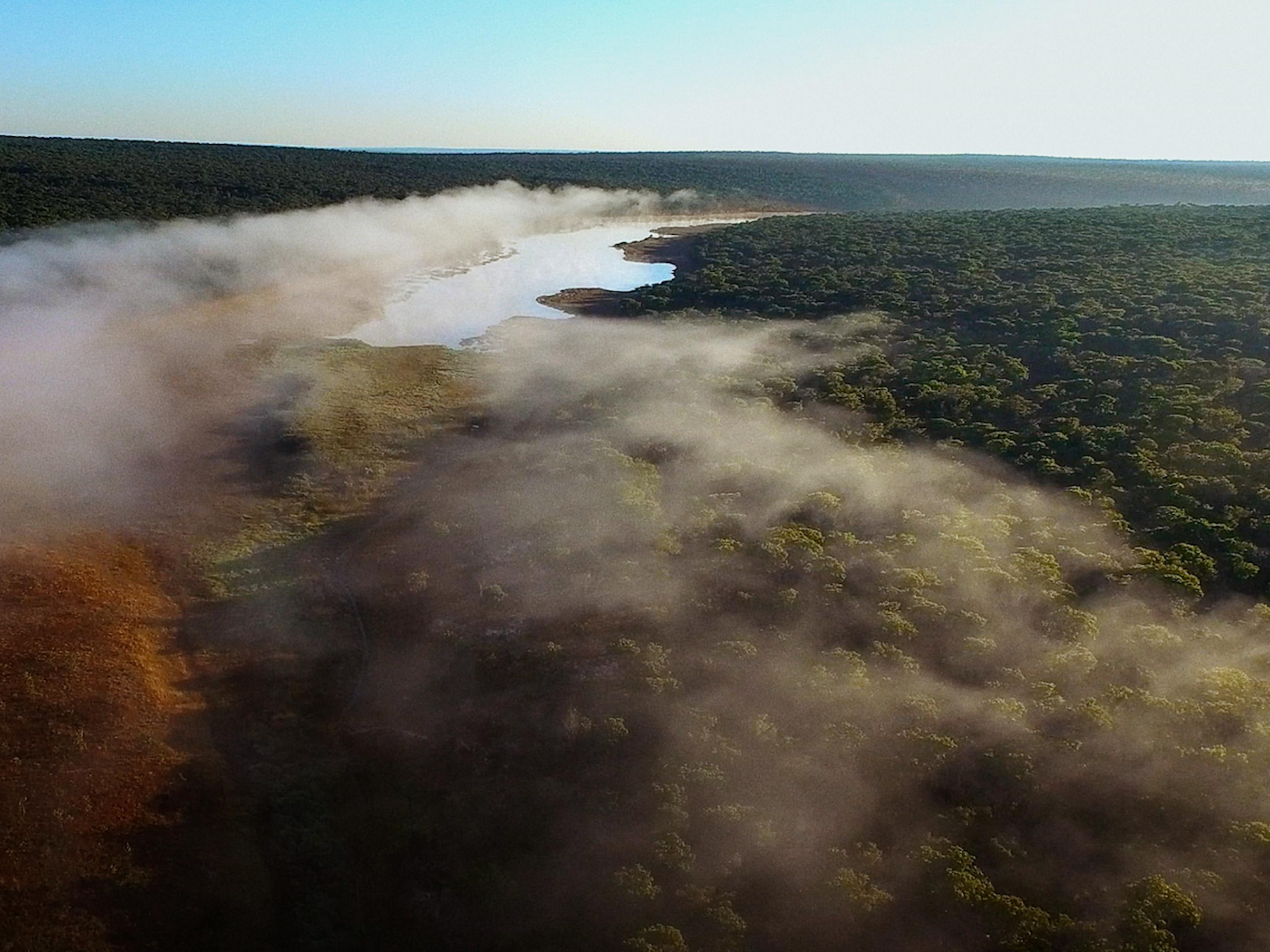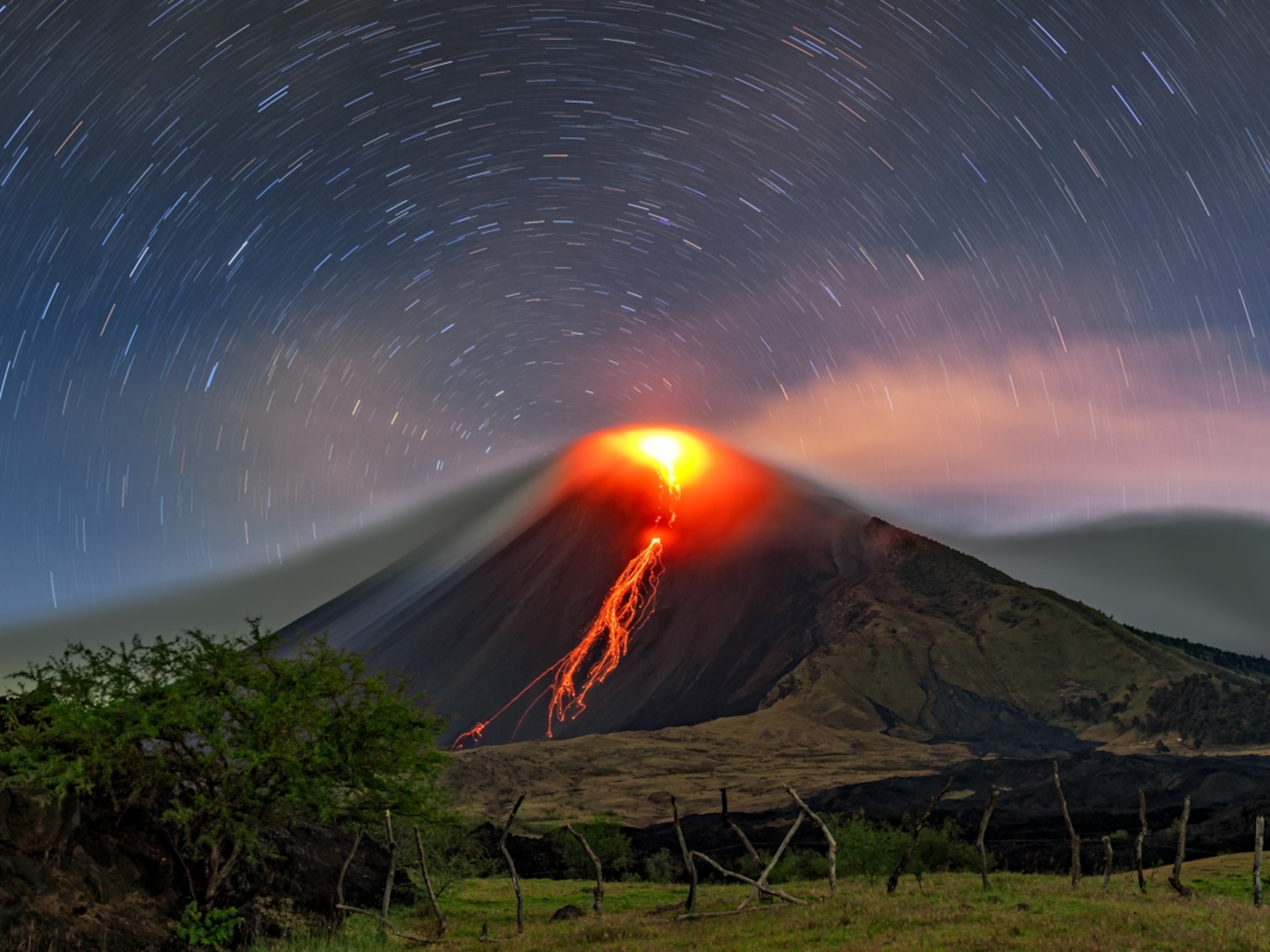
Kentucky Sinkhole Eats Corvettes, Raises Questions
Geologists explain what happened—and which other areas might be vulnerable.
Classic-car lovers, you may want to stop reading now. But keep going if you're geologically curious.
Early Wednesday morning a sinkhole opened beneath the National Corvette Museum in Bowling Green, Kentucky. No one was injured, but the 40-foot-wide (12-meter-wide), 25-foot-deep (7.5-meter-deep) fissure swallowed eight valuable sports cars shortly after 5:30 a.m.
The museum is open to visitors today, though the damaged portion of the building is cordoned off as structural engineers inspect the site. A museum spokesperson says insurance will cover the damaged Corvettes once their condition is determined. (Unofficial estimate: millions of dollars.)
The 20-year-old museum is a mile from the plant where all Corvettes are assembled. It's also in a place geologically primed for sinkholes: a karst area rife with caves and underground springs.
Chris Groves, a university distinguished professor of hydrogeology at Western Kentucky University, surveyed the site briefly yesterday.
"Caves are a common feature in this part of the state," he says. "And we usually see sinkholes here after a hard rain. But as far as I can tell, what happened in this case was that drainage water has been coming off the museum building improperly for some time. And it focused and built up at one point on the soil.
"When that happens the soil gets washed into voids and pockets in the bedrock—the cave or caves—below ground. That enlarges the voids, and they eventually reach the surface. When there's finally a big enough pocket there, above the bedrock but right beneath the surface, the ground gives way.
"[You might say that] the improper drainage was the disease, and the collapse—the sinkhole—was the symptom. And the cure for it is structural: They have to fix the building's drainage system. Fortunately, the structural engineers around here are used to this sort of thing and know how to address it."
Hydrologist Charles Taylor, head of the water resources section of the Kentucky Geological Survey, says his team is hoping to study the site soon so it can add this sinkhole to its statewide database.
The Bowling Green sinkhole is at least the second one in a year to make national news. In February 2013 one in Seffner, Florida, opened beneath a house, killing a man as he slept and swallowing his entire bedroom.
To help make sense of that tragedy—and to find out more about how, why, and where sinkholes occur—National Geographic sat down then with Randall Orndorff of the U.S. Geological Survey in 2013. Here's what he told us:
What is a sinkhole?
A sinkhole is basically any collapsed or bowl-shaped feature that's formed when a void under the ground creates a depression into which everything around it drains. (Gallery: Sinkholes from around the world.)
How many types of sinkholes are there?
There are two basic kinds. One is called a cover-subsidence sinkhole. You find these in places like the Shenandoah Valley, or in sandier soils where you've got a void underground. As the soil above transports itself into that cave in the rock, the ground slowly subsides. So it's not catastrophic. It subsides over time. It could be over years; it could be over hundreds of thousands of years.
The other kind is what we call a cover-collapse sinkhole. This is the one that makes the news. It tends to occur in clay, because clay holds soil together like glue. As with cover subsidence, soil is leaching into a cave below, but it creates a void in the soil that moves upward. You can't see it on the surface. Then, all of a sudden, the bridge over top of that void can't hold anymore and it collapses—just like we saw in Florida last week.
Do any human activities induce sinkholes?
Sure. Sometimes in karst areas [irregular landscapes formed when soluble rocks like limestone dissolve], when you drill a well—looking for water or for mining purposes—as you're pulling water out of the ground, you're lowering the groundwater table. That creates almost a toilet-flushing effect. You're lowering that groundwater level, and the soil that was sitting above just falls out. That's one way.
We also induce sinkholes when we start putting up parking lots and buildings and changing what we call the hydrologic regime. Instead of the water naturally soaking into the ground, it's now running off and being concentrated—being put into the ground at one point. (See: "Guatamala Sinkholes Created by Humans, Not Nature.")
Which states, areas, or regions are most vulnerable?
Well, if you're talking about limestone, you're talking about the eastern U.S. Obviously we start out with Florida; almost the entire state can be classified as karst, which means it has the potential for sinkholes.
But then you look at other limestone terrain. So the Great Valley, from Pennsylvania—even eastern New York—all the way down through Tennessee to Alabama is an area that's quite prone. So are the Ozarks of Missouri. And Indiana, and the southeastern corner of Minnesota.
Basically from Oklahoma east is where the rainfall averages about 30 inches per year. And that tends to be a dividing line for limestone. But in the arid environments to the West—like the Black Hills of South Dakota and Wyoming, areas in New Mexico, parts of Oklahoma—you have gypsum, which is another soluble rock. It's a tough rock and fine when it's dry, but it tends to dissolve quite rapidly if a lot of rain runs through it real fast.
And then there's salt, which we've dealt with in Daisetta [a town in east Texas that sits on a salt dome and was the site of a 600-foot-wide, 150-foot-deep sinkhole in 2008]. There was a similar situation last summer in Bayou Corne, in Louisiana—a salt dome that collapsed. And we all know that when you put salt in a glass and you put water in it, the salt disappears because it's soluble.
What about other countries?
Mexico and Belize is a karst area. So are parts of Italy. The term "karst" actually comes from a Slovenian [word and region] called Kras, and that whole area of old Yugoslavia—Slovenia, Croatia—is a major sinkhole zone. Huge areas of China are too. And also Russia. Basically it's all over the world. I'm part of a group that's thinking about putting together a karst map of the world. (Pictures: Sinkhole swallows truck in Beijing.)

What are the warning signs of a sinkhole? Is there any way to prevent one from occurring?
Sometimes there may not be any warning signs. But sometimes there are. Keep your eyes open for fresh cracks in the foundations of houses and buildings. Or if suddenly a door frame is skewed and your door doesn't shut the way it used to. Anytime you see something like that inside the building itself, that can be a warning sign.
Outside around the house or building, on the ground surface, you might start seeing cracks in the ground or little depressions. The soil basically pipes down into that cave. And if there's a small area that starts that way, that may be the beginning of a collapse. Or a tree will all of a sudden start leaning. Don't go right up to it, but see if the tree is leaning because the root system is gone or because the ground around it is subsiding.
As far as prevention, if you're lucky enough to see that there's a void beneath a structure, there has been limited success digging out all the soil and getting down to the bedrock, then grouting it with concrete and putting in a lot of bric-a-brac—large pieces of rock, then smaller pieces on that—to try to mitigate it. But if it's under a building [as was the case in Florida], then I don't think you'll have much luck.
What is the biggest sinkhole on record? The deadliest? The costliest in terms of property or infrastructure damage?
As far as collapses, loss of life has tended to be minimal, thank goodness. That's because sinkholes are localized. A lot of the fatal ones I've seen have happened on highways, where people were driving down the road and drove right into them. A lot of people who have died in sinkholes were just standing right there when [the collapse occurred].
The one in Guatemala in 2010—that was just an incredible, incredible hole that looked like it was bottomless. To [geologists], that one is probably one of the more spectacular. Of course, that wasn't in a karst area. That was because a big sewage line, or a big storm drain, was buried quite deeply.
Probably the most spectacular one in the U.S. was the one in Winter Park, Florida, in 1981, where the Porsches [at a local dealership] fell into it and it took up a whole city block. When we scientists talk about spectacular sinkholes, that one usually tops the list. And the Daisetta one in Texas, because that was one of the first ones caught on video—you could watch it happen.
What happens after a sinkhole is done collapsing?
Generally, if you don't do anything with it, the hole will plug itself with soil. But then it's a natural drain, so as it rains water flows into it, and it becomes a natural inlet into the groundwater. Sometimes it'll become what we call an "open throat," where you can see the rock at the bottom, which can be an entrance into the cave system. Depending on the depth of the water table, it can also fill up with water. And then you have yourself a pond.
Is the frequency of sinkholes increasing these days?
The answer is we don't know, because we just don't have enough data. Sinkholes aren't widespread events like hurricanes or earthquakes. They're very localized. A lot of karst areas are agricultural, because they tend to have very good farming soil. And sinkholes happen all the time in farmers' fields.
But there's no national or international sinkhole database. Still, as our population grows and we develop more areas that are susceptible, we seem to be seeing more sinkholes—and more stories about humans being impacted by them.







